
We’re in the dog days of summer, and many homeowners in New England are wondering how to save energy and stay cool without air conditioning. Not only are many of us wanting to stay cool, but escalating energy bills are making it incredibly expensive to be comfortable in our homes. If you find yourself wondering how to stay cool without air conditioning, you aren’t alone.
How to Stay Cool without Air Conditioning: Summer Energy Consumption Facts to Consider
- AC can consume up to 50% of your summer energy bills.
- Massachusetts residents spend 29% more on cooling bills than the national average.
- We are currently facing record-breaking heatwave temperatures, combined with rising energy prices, hitting New England homeowners hard.
- According to Farmers Almanac, New England will be facing a lot of hot weather and heat waves during the summer of 2024!
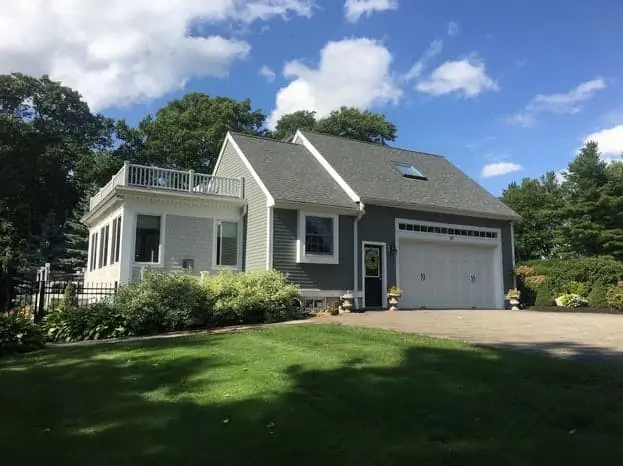
How to Stay Cool without Air Conditioning: Show Your AC Some TLC
Adjust your AC setting for every degree higher, the unit will use 1-3% less electricity. This helps you to save energy & stay cool. Also, change the filter and make sure your outside condensing unit is free of leaves, yard clippings, and ensure proper coolant levels are in your system and drains are clear to confirm your system is operating properly.
But how do you stay cool without excessive air conditioning? Luckily, there are some steps you can take to keep your home cool during high temperatures.
Keep Your Window Coverings Closed
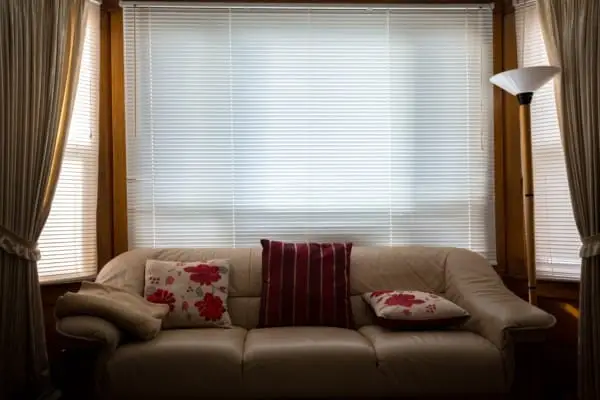
If you’re living in a coastal home, the combination of heat and humidity can make it feel as if you’re living in a greenhouse. West-facing windows are particularly prone to allowing unwanted heat into the home, since the sun will hit your house on the west side during the hottest parts of the day.
Energy Saving Tip: The key is to keep west-facing blinds closed. This act alone can help you reduce heat gain by up to 45%, making for one of the green energy saving techniques to keep more money in your wallet.
Rotate Your Ceiling Fans to Spin Counter Clockwise
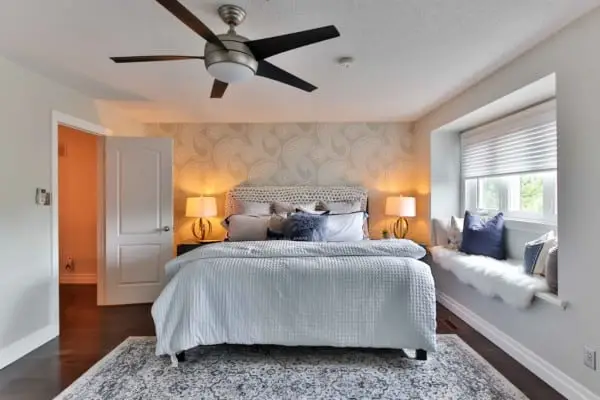
One of the lesser-known secrets for cooling a home without air conditioning lies in your ceiling fans. According to Energy Star, rotating your ceiling fans in a counter clockwise direction creates a wind-chill effect, which can help you feel cooler.
Energy Saving Tip:: Ceiling fans cool people, not rooms. Turn off your ceiling fan when you are not in the room to help save energy.
Maximize Air Flow with Cross Ventilation

Cross ventilation is accomplished by regulating airflow through the home, and it requires using strategically placed windows, doors, and fans.
Cross ventilation is a green energy saving technique that can make your home feel comfortable and breezy, even during the hottest summer days.
- The first step is to locate an inlet window, which is a window that is most capable of catching gusts of wind. You’ll also need to locate an outlet window, which is used to filter hot air back outside.
- Next, place a fan in front of your inlet window that faces into your home. A second fan should then be placed in your outlet window that faces outside.
- The idea is that warm air in your home will filter back through the fan in your outlet window, which pushes it back outside.
Energy Saving Tip: Be sure to keep interior doors open so the air is able to flow through your home, which maximizes the impact of cross ventilation.
Install Insulated, Energy-Efficient Windows
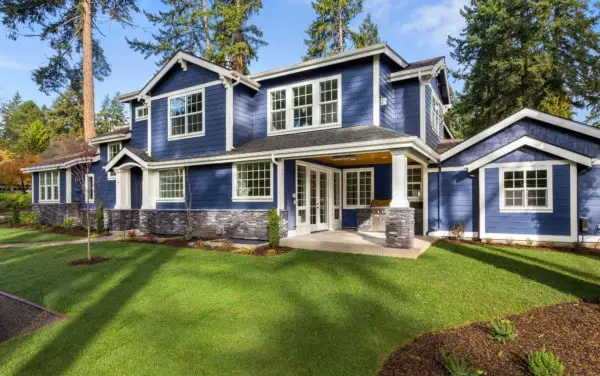
Whether you’re living with or without A/C this summer, energy- efficient replacement windows can help keep your home more comfortable and maximize airflow.
- Poorly designed windows don’t have built-in air locks, weather-stripping, and barriers necessary to keep air from forcing its way in. Without these design features air will push between the sash meeting rails and around the sash perimeter.
- Another feature to look for when looking for an efficient window, is to check out the Solar Heat Gain Coefficient (SHGC) rating. This is a measurement of how well a product blocks heat caused by sunlight. The lower the number the better which means less solar heat is transmitted through a window.
- Low- E glazing is a feature that you should look for in a window to keep this SHGC number low. Low-e can help reduce energy loss through windows by up to 35%.
- Lastly, you want to have an efficient glass package to keep the cool air in and the hot air out by creating an insulating factor with argon/krypton gasses which can help keep your home more comfortable as well.
Energy Saving Tip: Choose windows that are certified by Energy Star, which can help you save over $400 per year while staying cool without air conditioning.
Keep Cool with Adequate Roof Ventilation

Are you worried about your cooling bills? A new roof can be a great asset for temperature regulation!
Many homeowners overlook the power of a roof when it comes to staying cool without air conditioning. However, the key to temperature regulation comes down to ventilation.
You need ventilation in several areas of your roof to help keep your home cool in the summer. Ventilation comes from areas including:
- Ridge vent: This type of vent prevents rot in the attic as well as the peeling of interior paint. Our Cobra Ridge Vent defends against costly mold growth.
- Gable vent: Offering architectural interest to your exterior, these are installed in areas of your home with two slopes that form a triangle.
- Soffit vent: This blocks wind-driven rain from entering the attic space, especially those strong summer storms with high winds. This type of vent is also beneficial for homes along the New England coast.
Save Exceptional Energy with Solar Shingles
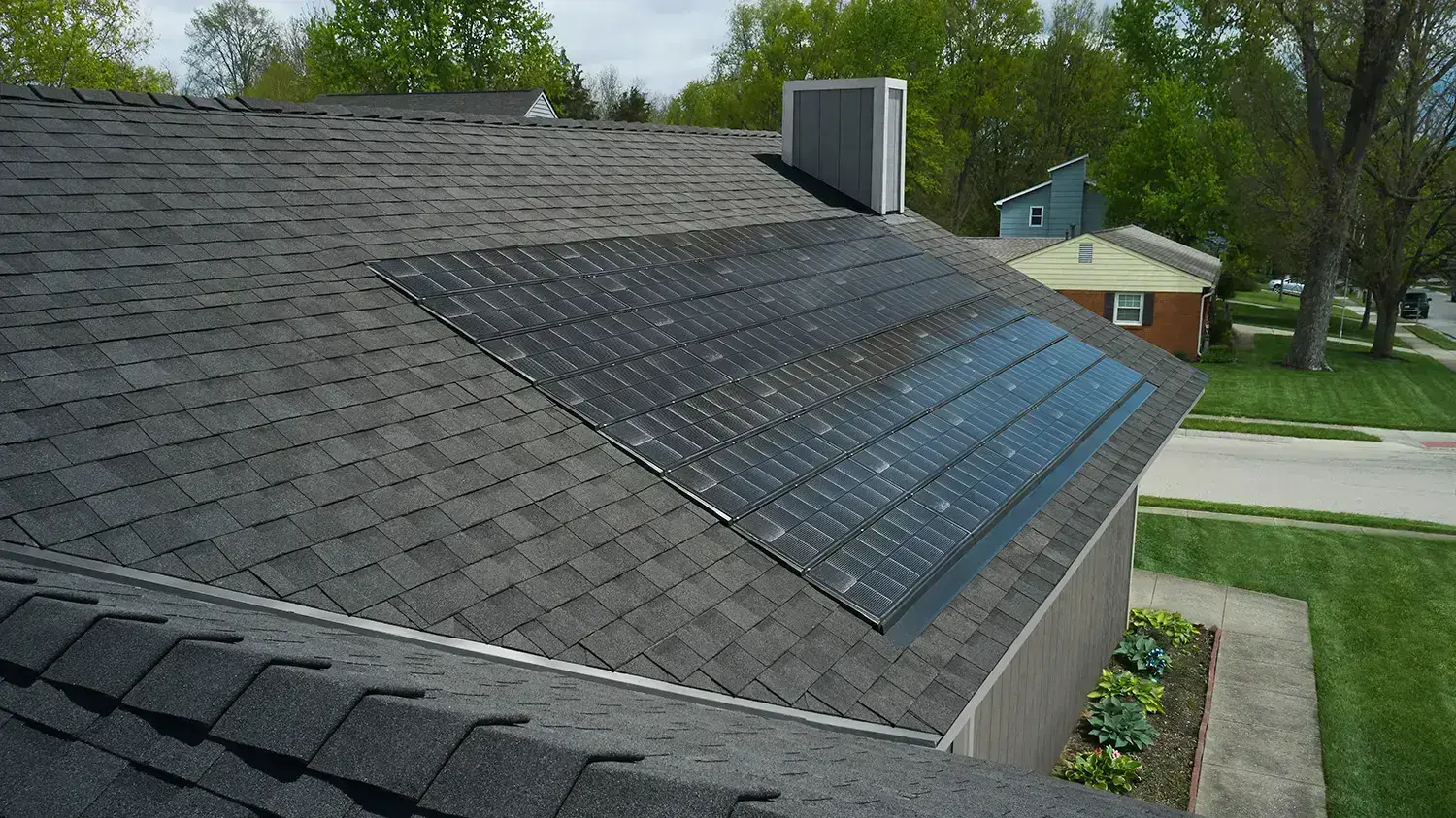
Looking to ramp up energy savings in the best way possible? Consider installing solar shingles–the innovative way to save energy in New England. Solar shingles can help you save up to 100% on your energy bills–which is a big relief when you’re worried about staying cool during summer heat waves.
Check out the chart below to learn more about solar shingles roofing system vs solar panels.
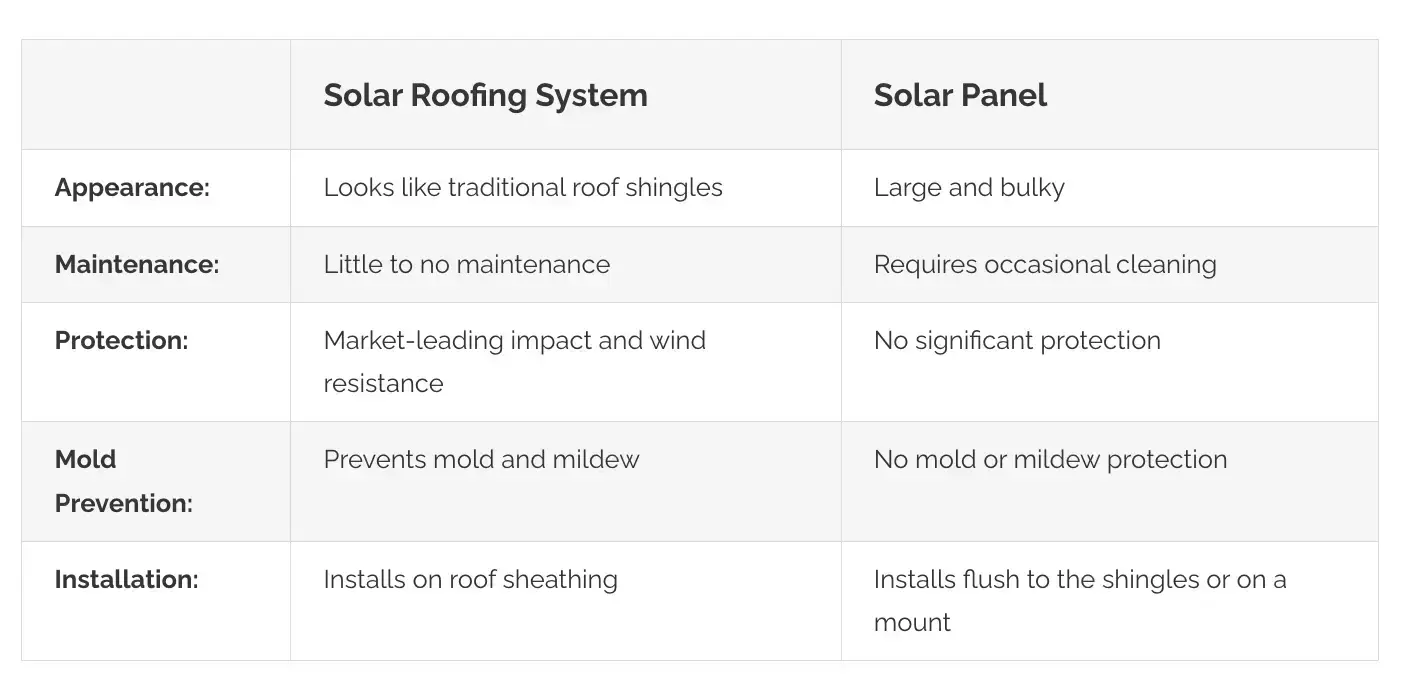
Insulate with Foam-Backed Vinyl Siding
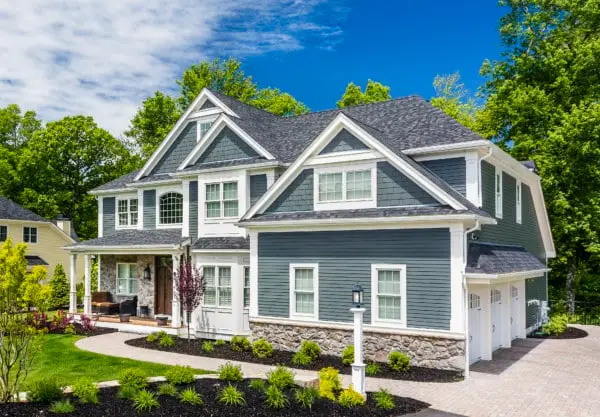
Did you know that the wood studs in your home can allow energy to escape? This is known as thermal bridging and results in increased energy costs.
In addition to insulating your home, you can also save energy by installing insulated vinyl siding. This type of siding functions as a blanket-like layer that covers the studs on your wall. The idea is to prevent energy from escaping and keeping your home cool in the summer and warm in the winter.
It does this by reducing thermal bridging, which occurs when a material with low thermal conductivity is placed between two materials with high thermal conductivity.
Energy Saving Tip: 25% of your home’s energy is lost through the exterior walls. Insulated siding can help lower energy loss through the walls.
See Your Home for FREE in 3D with Your In-Home Design Consultation
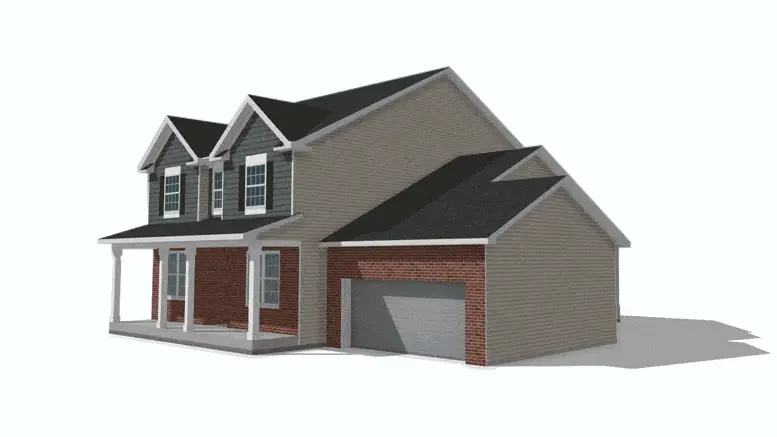
Contact us today to learn more about green, energy saving tips for keeping your home cool without air conditioning, and features you would look for in energy -efficient windows. We offer energy efficient products that improve home performance while keeping energy bills low.

